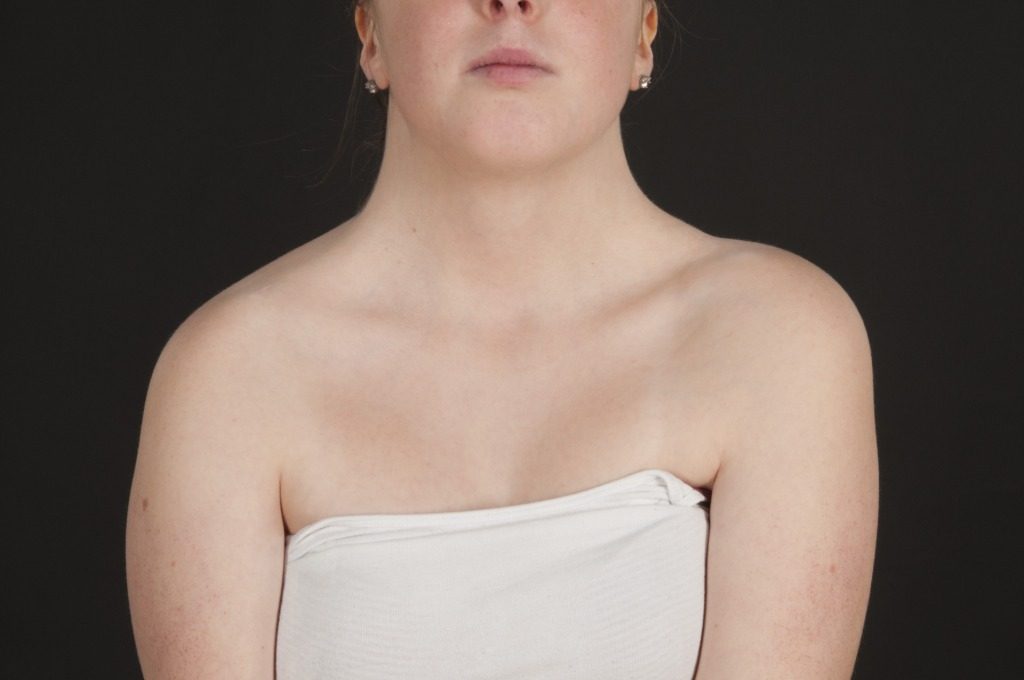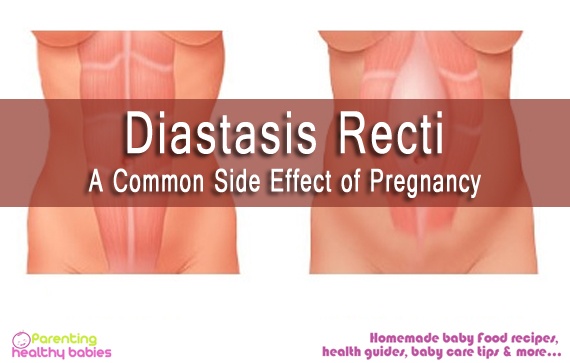Turner syndrome is rare genetic disorder that’s found only in girls. It can cause problems ranging from short height to heart defects. Sometimes, the symptoms are so mild that women don’t get a diagnosis until they are teens or young adults. About 1 in every 1,500 to 2,500 newborn babies have Turner syndrome. Yet according to research, monosomy X is present in about 3 percent of all conceptions, but about 99 percent of affected babies are miscarried or stillborn. The condition is thought to be a factor in roughly 15 percent of all miscarriages.
In This Article:
- Common Causes For Turner Syndrome
- Symptoms Of Turner Syndrome
- Signs Of Turner Syndrome At Birth or During Infancy
- Common Signs of Turner Syndrome In Childhood, Teens and Adulthood
- Diagnosis Of Turner Syndrome
- Treatment For Turner Syndrome
Common Causes For Turner Syndrome
The cause of turner syndrome is an error in cell division that leaves the body’s cells with only one fully functioning x chromosome. Usually, the abnormality is already present at fertilization, originating in the sperm or the egg. In the condition called mosaic turner syndrome, meaning some of the body’s cells have monosomy x while others have normal chromosomes, the cause is an error in cell division during very early embryonic development. No one knows exactly what causes these cell division errors.
Symptoms Of Turner Syndrome
Signs and symptoms of turner syndrome may vary among girls and women with the disorder. For some girls, the presence of turner syndrome may not be readily apparent, but in other girls, a number of physical features and poor growth are apparent early. Signs and symptoms can be subtle, developing slowly over time, or significant, such as heart defects.
Before Birth
Turner syndrome may be suspected prenatally based on prenatal cell-free dna screening ― a method to screen for certain chromosomal abnormalities in a developing baby using a blood sample from the mother ― or prenatal ultrasound. Prenatal ultrasound of a baby with turner syndrome may show:
- Large fluid collection on the back of the neck or other abnormal fluid collections (edema)
- Heart abnormalities
- Abnormal kidneys
Signs Of Turner Syndrome At Birth or During Infancy
Signs of turner syndrome at birth or during infancy may include:
- Wide or weblike neck
- Low-set ears
- Broad chest with widely spaced nipples
- High, narrow roof of the mouth (palate)
- Arms that turn outward at the elbows
- Fingernails and toenails that are narrow and turned upward
- Swelling of the hands and feet, especially at birth
- Slightly smaller than average height at birth
- Slowed growth
- Cardiac defects
- Low hairline at the back of the head
- Receding or small lower jaw
- Short fingers and toes
Common Signs of Turner Syndrome In Childhood, Teens and Adulthood
The most common signs in almost all girls, teenagers and young women with turner syndrome are short stature and ovarian insufficiency due to ovarian failure that may have occurred by birth or gradually during childhood, the teen years or young adulthood. Signs and symptoms of these include:
- Slowed growth
- No growth spurts at expected times in childhood
- Adult height significantly less than might be expected for a female member of the family
- Failure to begin sexual changes expected during puberty
- Sexual development that “stalls” during teenage years
- Early end to menstrual cycles not due to pregnancy
- For most women with turner syndrome, inability to conceive a child without fertility treatment
Diagnosis Of Turner Syndrome
Turner syndrome may be revealed as the cause of a miscarriage or stillbirth when parents pursue chromosomal testing after the pregnancy loss. In a current pregnancy, an ultrasound may reveal markers for the condition, but diagnosis can only be confirmed with genetic testing such as amniocentesis or cvs. And there have been some reports of false positives for the condition, even with amniocentesis. In newborn babies, the diagnosis can be confirmed with a blood test.
Even though the high risk of miscarriage probably sounds scary, researchers believe that the majority of miscarriages related to turner syndrome occur in the first trimester. By the time the baby has reached the point of being eligible for an amniocentesis, the odds of pregnancy loss are not nearly as staggering. One study(see references) found that 91% of babies diagnosed via amniocentesis survived to birth. It can be unnerving to learn that your baby has a chromosome disorder, though, so it’s a good idea to get in touch with support groups or a genetic counselor to prepare.
Treatment For Turner Syndrome
There is no cure for turner syndrome; however, there are treatments that may reduce the symptoms. The two most common characteristics of turner syndrome are short stature and lack of ovarian development, both of which can be treated.
Growth hormones can be used for the treatment of turner syndrome patients. The growth hormone enhances growth velocity and potentially the final adult height. It is administered alone or with a low dose of androgen.
Ovaries produce estrogen, which is important for developing and maintaining good tissue and bone structure. Estrogen replacement therapy helps with this development, along with promoting the development of secondary sexual characteristics.
There are also reproductive technologies available that may enable a woman with Turner syndrome to become pregnant. It is possible for a woman with Turner syndrome to carry an embryo provided by a donor egg.
Sources:
- https://www.ncbi.nlm.nih.gov/pmc/articles/PMC5434744/
- https://academic.oup.com/jcem/article/97/6/E994/2536941













